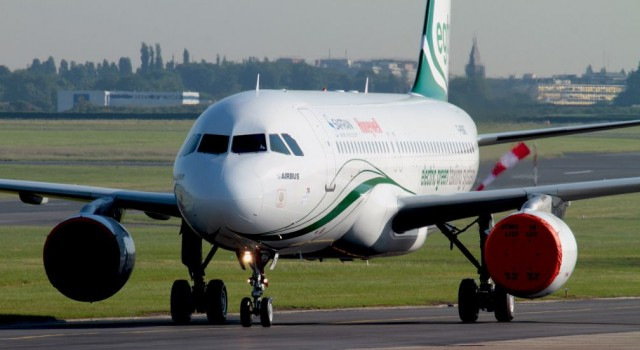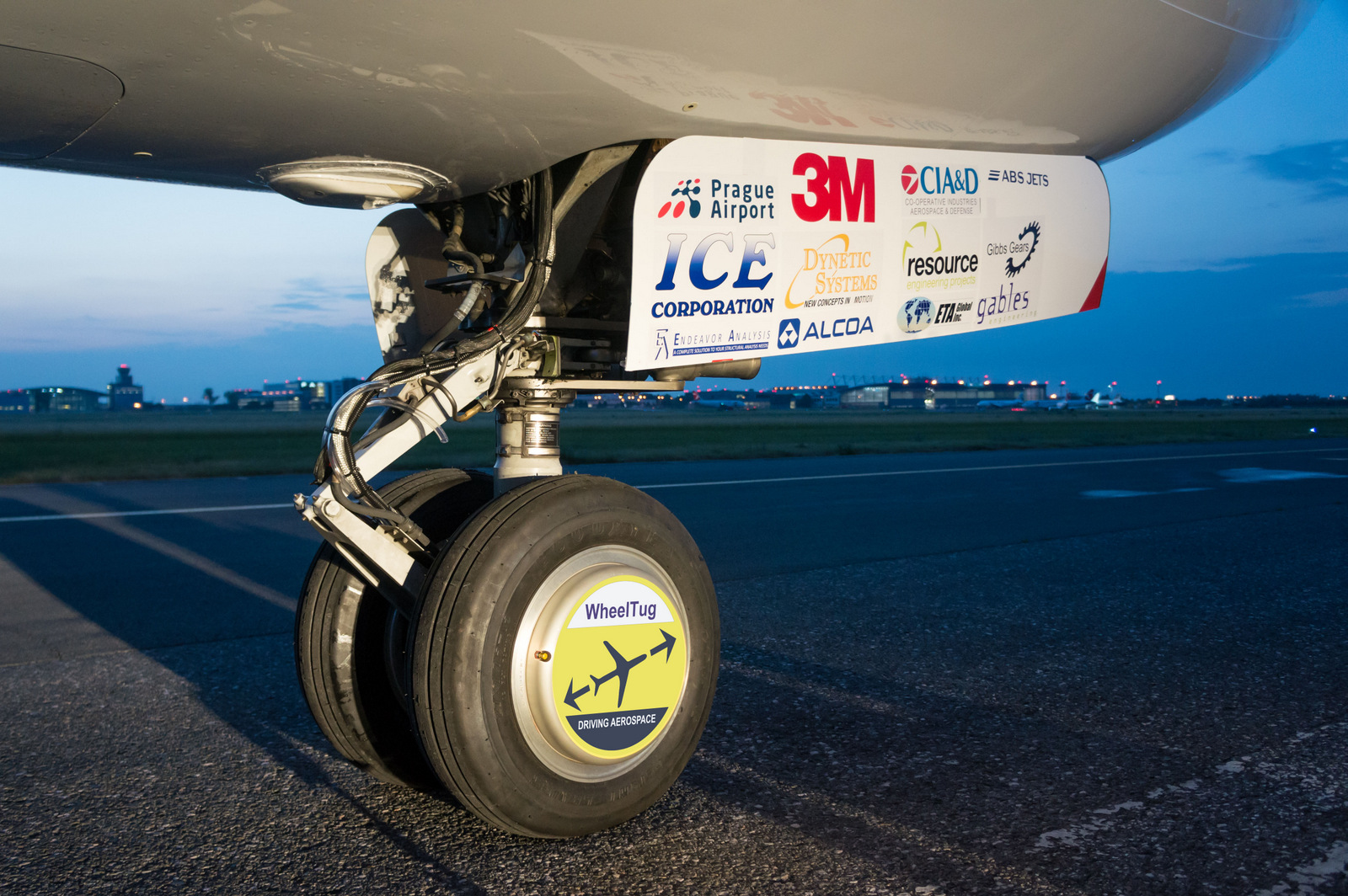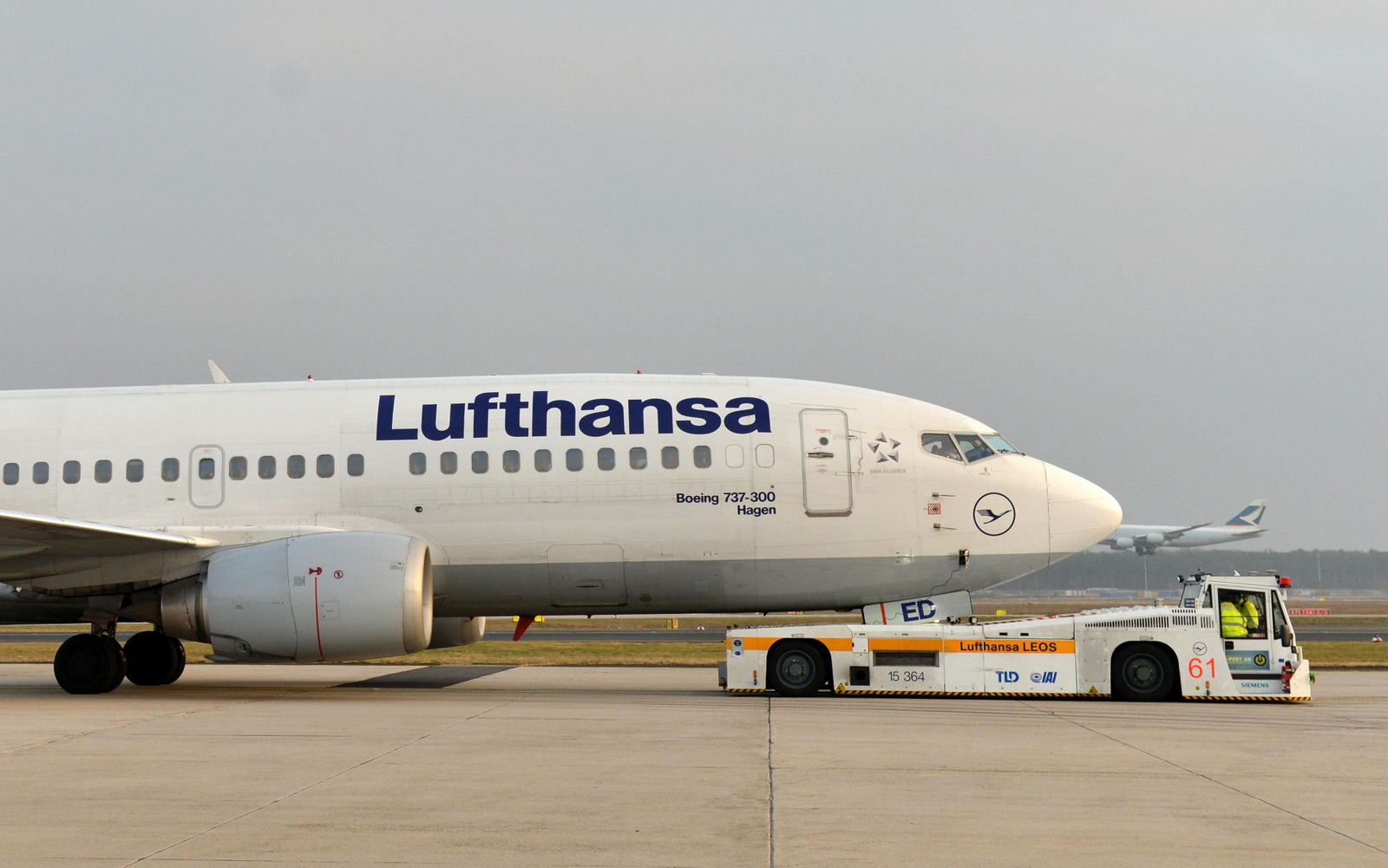Written for the Airline Passenger Experience Association
APEX Experience Magazine – Issue 5.6 – November/December 2015
Since November 2014, passengers flying from Frankfurt Airport on Lufthansa’s Boeing 737s have been the first in the world to experience an innovative technology without, perhaps, even realizing it. The airplanes have been pushing back from the gate and taxiing to the runway as usual. But on these flights, the 737s have been rolling from the ramp to the runway without the use of the aircraft engines. Under the control of the pilots, the jets are being towed by a semi-autonomous aircraft tractor called TaxiBot.
Israel Aerospace Industries (IAI) led the development of TaxiBot, along with Airbus, Lufthansa LEOS, and ground-service equipment manufacturer TLD Group. With a different approach, competing systems in development by WheelTug, electric green taxiing system (EGTS) by Honeywell, Safran, and Technodinamika instead add pilot controlled electric motors to an aircraft’s landing gear. But all of the concepts give an aircraft the ability to taxi without engines running, making airports quieter and safer. The technology is also a big nod to the industry’s global mandate to use less fuel.
Electric Drive
From the outside, TaxiBot looks similar to a widely-used “wheel-lift” aircraft tractor, but is a completely new vehicle, according to Ran Braier, Program Manager for TaxiBot-international/IAI. “Normally, this kind of tow tractor has a hydrostatic drive. In the case of TaxiBot, the driveline is electrical. The reaction time of the electric driveline is much better. Since we need to very carefully maintain the load on the nose landing gear in a narrow envelope, we need a very fast reaction time,” says Braier.
When it’s ready to roll, the aircraft’s nose gear is lifted up in TaxiBot’s specially designed, sensor-laden cradle. Working with the ramp crew, a safety driver performs the pushback, and then switches control of TaxiBot to the pilots. “Going forward is similar to an automatic car in drive gear. When you release the brakes, the vehicle starts to move forward. TaxiBot is exactly the same,” explains Braier.
The tractor knows how fast to go, thanks to a precise navigation system that’s programmed with the airport’s taxiway speed limits. TaxiBot senses when the pilots apply the aircraft’s brakes, and does the same to the tug. When the pilot wants to turn and moves the nose wheel’s tiller control, TaxiBot measures the rotation of the nose gear, and moves the tractor’s all-wheel steering to match the precise turning characteristics of the aircraft. “We want to give the pilot the same feeling as normal taxiing, so the pilots don’t need special training,” says Braier. Once at the runway, the aircraft is released, starts its engines – and takes off. Pilots will also have the option to start the plane’s engines while on TaxiBot’s cradle, in motion.
In order to convoy a fully-loaded Boeing 737 or Airbus A320, TaxiBot has an 800 HP powerplant, compared with 150 HP in a normal tow tractor. “Why? We need to bring the airplane to the same taxiing speed as if it was doing it on jet engine power,” says Braier. “Normal tractors in pushback are traveling five to seven kilometers per hour (kph), and they cannot take a fully loaded airplane to 42 or 45 kph like TaxiBot.” With the main engines off, and only the plane’s Auxiliary Power Unit (APU) running, Braier says that Taxibot will save 85% of the fuel burn during taxi.
Lufthansa is dispatching aircraft every day at Frankfurt Airport using TaxiBot. At a major airport like FRA, Braier suggests that somewhere between 70% and 85% of the ground operations could be done by TaxiBot. “The rest would be using conventional tractors.” he says.
Testing has begun on a 1,500 HP, 12-wheel drive, all-wheel steering TaxiBot for wide-body aircraft, covering planes from the Boeing 767 to the Airbus A380. “The first airplane to be certified will be the 747,” says Braier. But for airlines operating at airports where TaxiBot isn’t available, other suppliers are hoping to meet the same “green” objectives, by installing a self-contained, electric drive system on an aircraft’s landing gear.
Auxiliary Power
Honeywell and Safran Groupe’s EGTS was first demonstrated to the public at the 2013 Paris Air Show. An Airbus A320 had an electric motor installed on one wheel of each of the main landing gear, with power coming from the plane’s APU. With engine inlets covered, the taxiing A320 was controlled from the cockpit through a Pilot Interface Unit. The EGTS aircraft has logged over 1,500 kilometers of rolling tests, including pushback, tight turns and U-turns, in various load configurations and runway conditions.

No, this A320 isn’t parked. It’s taxiing without the engines running, using Honeywell/Safran’s EGTS.
Photo: Benoît Vallet/Safran
“EGTS is compelling but a complex technology to implement in existing aircraft, while minimizing the aircraft modifications required,” says the EGTS team. Since the 2013 demo, the team has “remained focused on our development work with Airbus and our testing partners as we work towards a firm launch date.”
And, at Moscow’s MAKS 2015 air show, Russia’s Technodinamika announced it was also developing an “electrical ground taxiing system.” The diverse aviation company says that “this is the first development of its kind in Russia to date.”
Towing the Nose
Gibraltar-based WheelTug has developed electric motor technology for a nose gear installation. CEO Isaiah Cox says, “We had a list of show-stoppers that we had to deal with. Can the electric motor move the aircraft? Check! Can it move the aircraft in snow? Yes! Can it fit inside the [nose] wheel? That’s trickier, but we got there.”
After initial tests in 2012 on a Germania Airlines 737, WheelTug is now undergoing extensive testing in a sophisticated dynamometer. Cox laughingly calls it the “Iron Foot,” paying homage to a ground-bound “Iron Bird” often used in aircraft testing. “It allows us to duplicate the resistance of going uphill or downhill, of different traction or thermal conditions, and varying contact pressures,” says Cox. A WheelTug installation will include a camera system called TaxiCam, giving the pilots situational awareness around the aircraft. According to Cox, close to 1,000 WheelTug systems have been ordered by 22 airlines.
As with the other systems, WheelTug will provide a reduction in emissions, fuel burn and noise; an improvement to ramp safety; and the elimination of expensive damage from Foreign Object Debris (FOD) during taxi, by not having the engines running. Cox also sees a time benefit to an airline and its passengers by eliminating the time taken by a pushback tug to disconnect. And in a throwback to the early days of jet travel, Cox suggests that WheelTug-equipped aircraft could park sideways at a terminal, a manoeuver he calls “the twist.” With jet bridges at both the front and back aircraft doors, turnaround would be quicker, saving up to 20 minutes per cycle.

WheelTug wheel-hub electric motor installed on the nose gear of the 737-700 test aircraft. Cool hubcaps.
Photo: WheelTug
WheelTug’s entry-into-service is still a couple of years away, according to Cox. “We’ve been preparing for the formal submission to the Federal Aviation Administration, for the formal launch and certification process,” he says. Canada’s Air Transat is expecting to provide a Boeing 737 for certification testing, and the airline plans to install WheelTug on its permanent fleet of 737s.
Keith Lawless, Air Transat’s Senior Director, Business Sustainability and Improvement says, “We believe that the WheelTug will save us money by saving fuel, maintenance costs and ground handling costs. It will benefit the environment by reducing GHG emissions. Finally, we believe that it will provide an operational advantage by enabling us to perform faster turnarounds.”
Read the original story in APEX Experience Magazine – Issue 5.6

